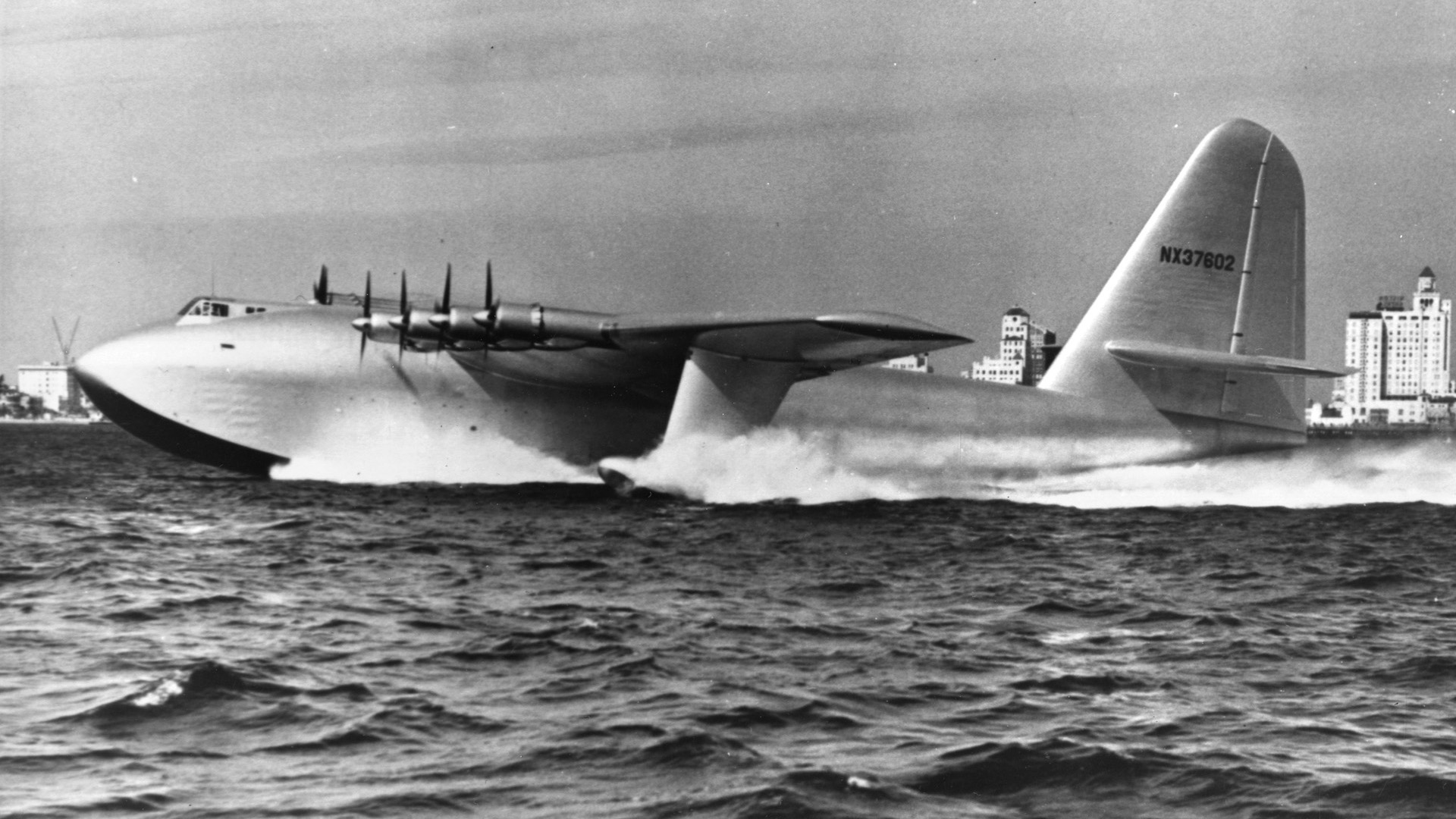Anthropology
Related: About this forumScientists Are Racing to Unearth the Secrets of an Ancient Underwater World
Historians and divers are trying to retrieve prehistoric clues from beneath the waves—but they have to act fast.
BY DARREN ORF
PUBLISHED: JAN 31, 2024 9:00 AM EST
. . .
Around 8,000 to 6,000 BCE, the North and Baltic seas ... weren’t seas at all. Instead, they were vast planes that were home to ancient human civilizations. But as the curtain drew to a close on the last Ice Age, water levels rose and inundated these low-lying areas, wiping away any trace of prospering civilizations. Well—almost any trace.
The University of Bradford’s Submerged Landscapes Research Centre in the U.K., TNO Geological Survey of the Netherlands, Flanders Marine Institute, and the University of York will soon explore these long-lost civilizations as part of a research collaboration known as SUBNORDICA. One of the ancient lands the project aims to explore is Doggerland, which is thought to have thrived in North Sea region some 8,200 years ago.
“Twenty-thousand years ago, the global sea level was 130 metres lower than at present. With progressive global warming and sea-level rise, unique landscapes, home to human societies for millennia, disappeared,” Vincent Gaffney, leader of the Submerged Landscapes Research Centre, said in a press statement. “We know almost nothing about the people who lived on these great plains. As Europe and the world approaches net zero, development of the coastal shelves is now a strategic priority. SUBNORDICA will use the latest technologies to explore these lands and support sustainable development.”
Among those technologies will be advanced seabed mapping and computer simulation of lost settlements, as well as additional AI tools, seismic and acoustic surveys, and boreholes. In March, the University of Bradford announced its plan to analyze data gathered from magnetometer surveys intended for the environmental impact assessment of future green energy initiatives. University researchers say magnetic fields can help identify “peat-forming areas…or where erosion has occurred, for example in river channels.”
More:
https://www.popularmechanics.com/science/archaeology/a45701132/race-to-study-submerged-prehistoric-settlements/
GreenWave
(11,030 posts)there must be structures about 250' + on the ocean floor as that was all available thousands of years ago.
cachukis
(3,068 posts)the remains of Black Sea villages some 250 ft. below the shoreline covered by the rising waters through the now Bosphorus Strait. I wonder how their studies went.
eppur_se_muova
(38,834 posts)I thought of the geometric meaning first, then I started wondering if "vast" referred to extended-body, wide-fuselage planes.
Judi Lynn
(163,259 posts)


The Spruce Goose, a vast plane in the ocean
eppur_se_muova
(38,834 posts)There was a picture of one hanging on the wall of a library where I worked, and one of the librarians asked me if I knew what kind of plane it was. I immediately identified it as a C5, and then started wondering how it was I knew that. It was a front view of a large gray plane with no outstanding special features, so what made it so readily identifiable ? I finally realized it was the windscreen -- no wraparound cockpit, just these two "tiny" windows like eyes on a spider -- that gave a sense of scale. Those windows are actually as big as living room "picture" windows, and the when the plane is on the runway the pilots behind them are still five stories above the ground !
I got to visit the "Pregnant Guppy" on display in Huntsville (probably out on Redstone Arsenal) when I was around 5 or 6 yo.
ETA: My Dad took me to visit the Spruce Goose when he was temporarily transferred to CA years ago. The tour actually takes you through the cargo bay -- it's just cavernous. And I see you brought the typo back around in a better context !